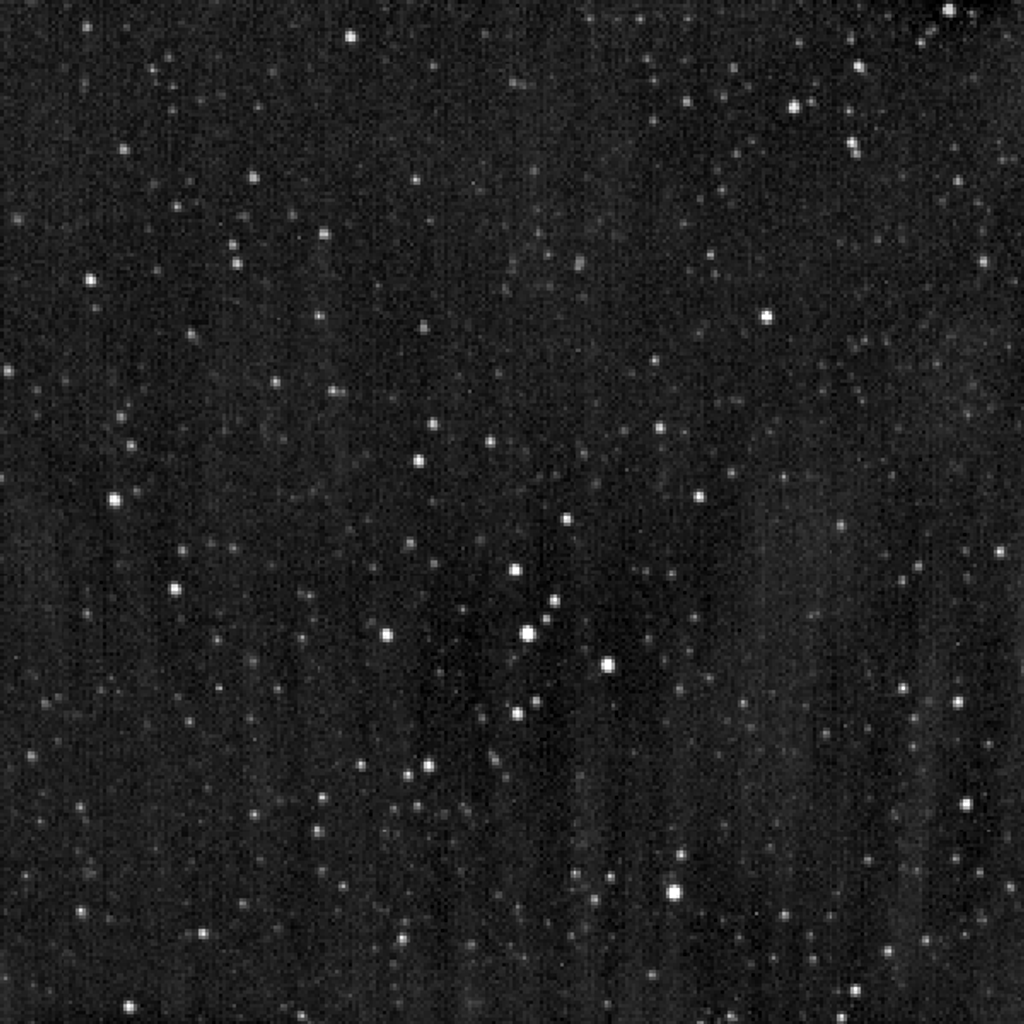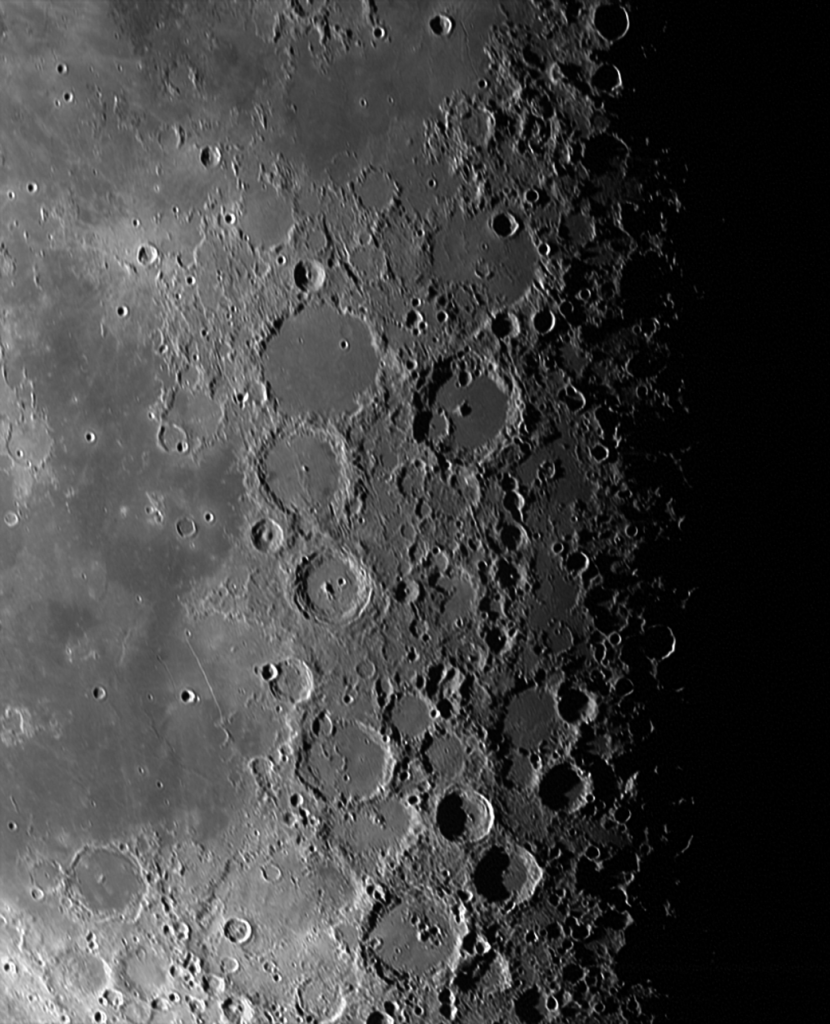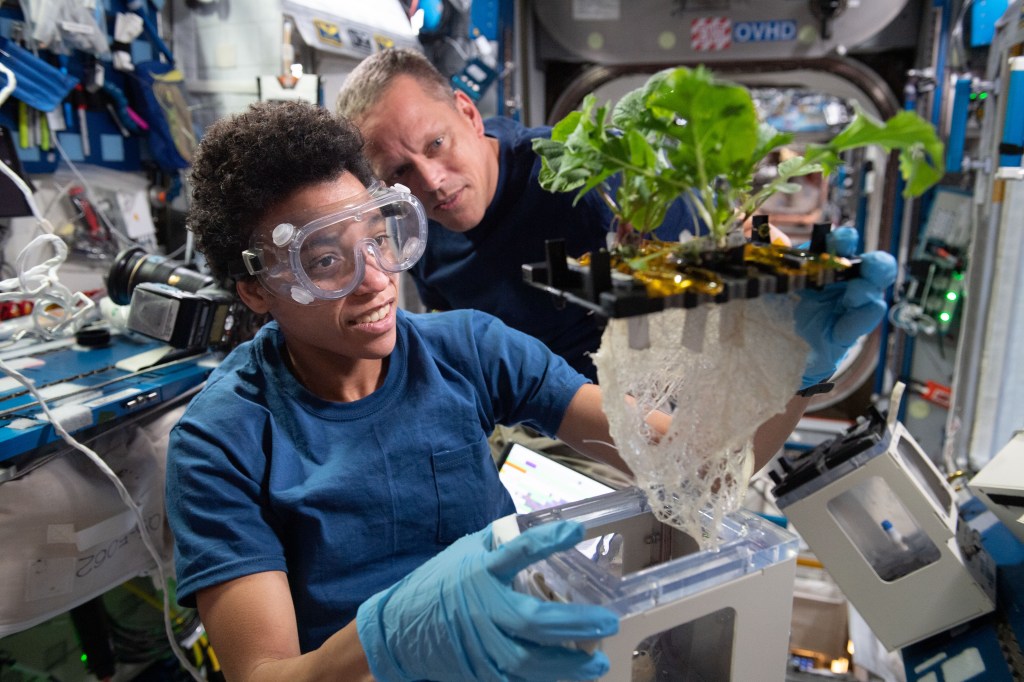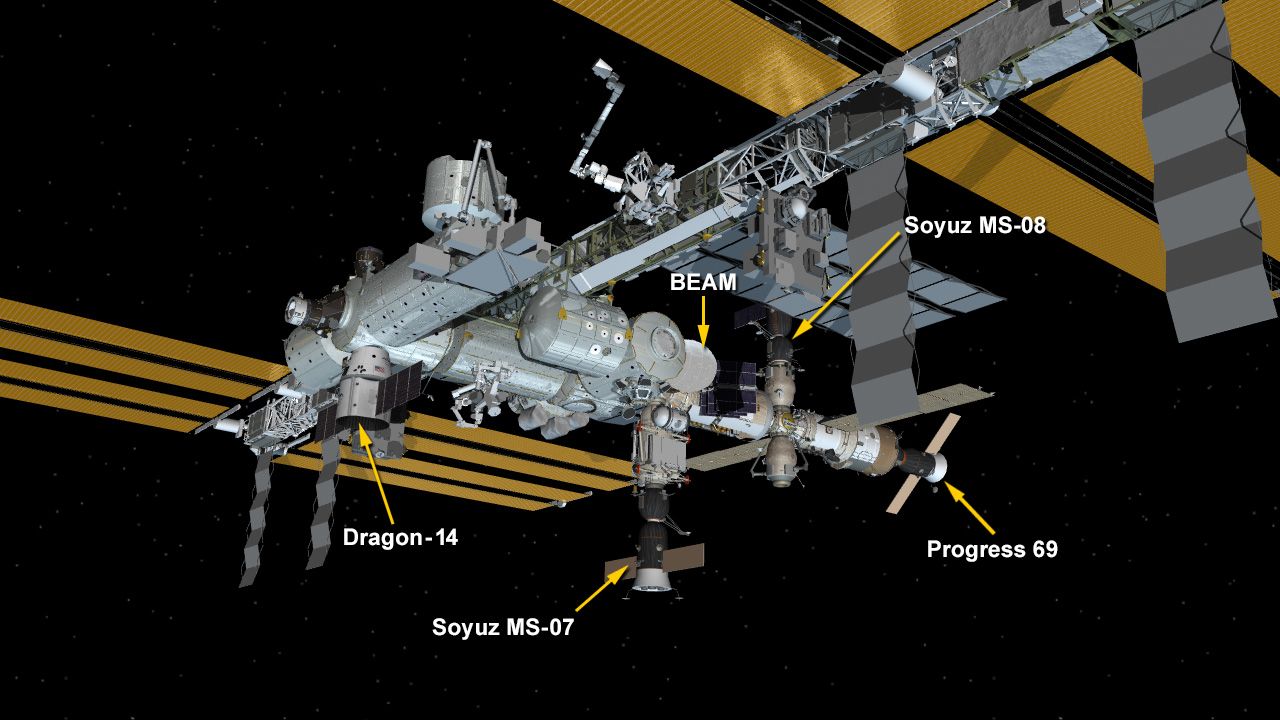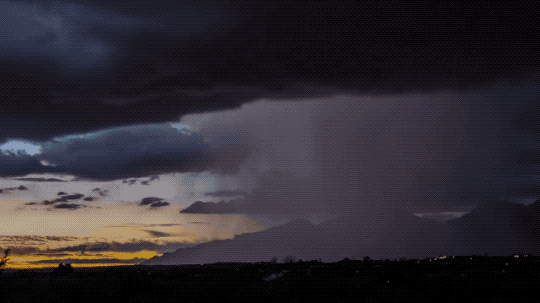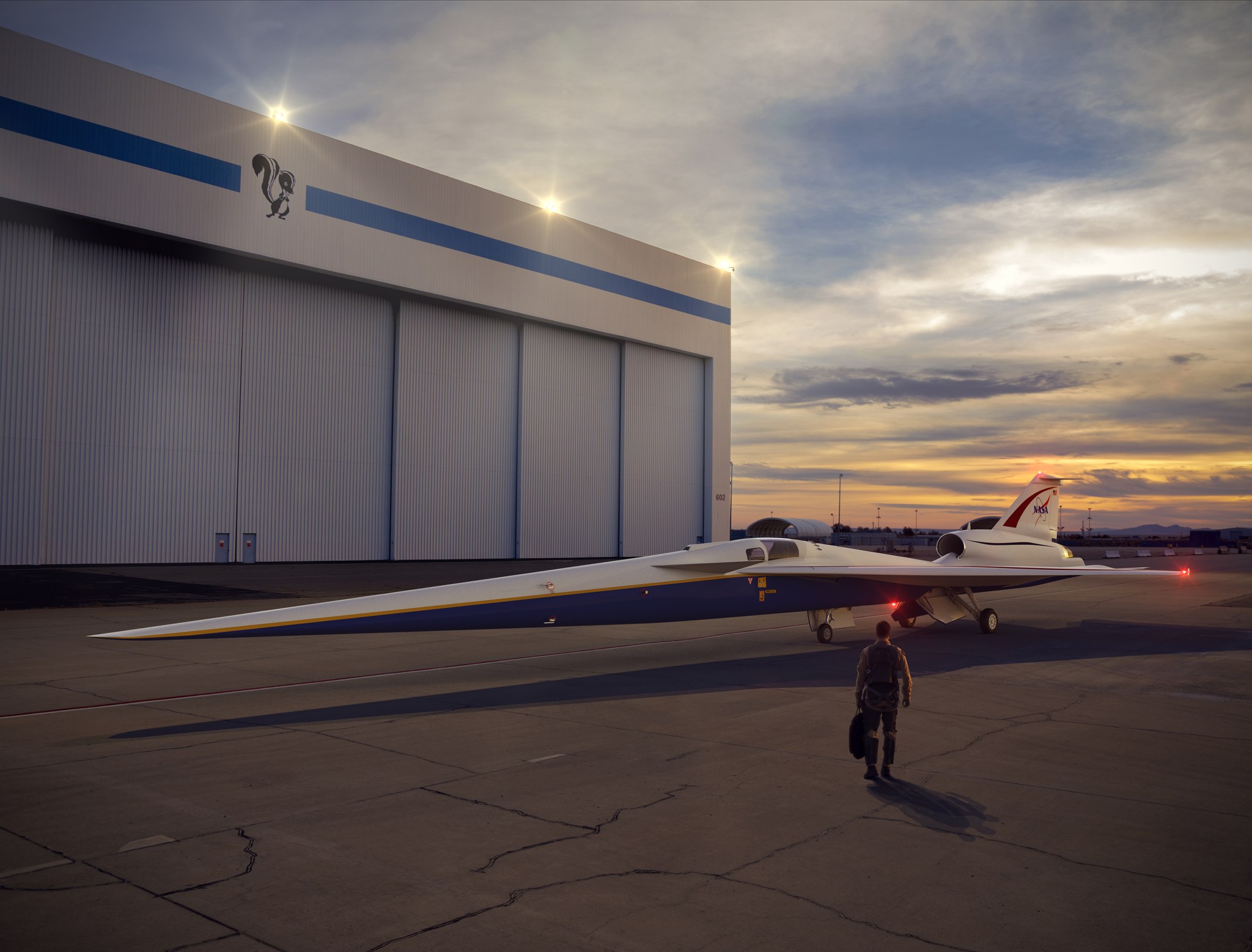Week of April 5, 2018
SpaceX Dragon Cargo Craft Bolted to Space Station’s Harmony Module
Two days after its launch from Florida, the SpaceX Dragon cargo spacecraft was installed on the Harmony module of the International Space Station. The 14th contracted commercial resupply mission from SpaceX (CRS-14) delivered about 5,800 pounds of research, crew supplies and hardware to the orbiting laboratory. Among the research arriving to the U.S. National Laboratory is a Metabolic Tracking investigation to evaluate the use of a new method to test, in microgravity, the metabolic impacts of pharmaceutical drugs. This could lead to more effective, less expensive medicines on Earth.
What’s Made in a Thunderstorm and Faster Than Lightning? Gamma Rays!
Our Fermi Gamma-ray Space Telescope has spotted bursts of gamma rays – some of the highest-energy forms of light in the universe – coming from thunderstorms. Gamma rays are usually found coming from objects with crazy extreme physics like neutron stars and black holes. So why is Fermi seeing them come from thunderstorms?
New NASA X-Plane Construction Begins Now
NASA’s aeronautical innovators are ready to take things supersonic, but with a quiet twist. For the first time in decades, NASA aeronautics is moving forward with the construction of a piloted X-plane, designed from scratch to fly faster than sound with the latest in quiet supersonic technologies. The new X-plane’s mission: provide crucial data that could enable commercial supersonic passenger air travel over land. To that end, NASA on April 2 awarded a $247.5 million contract to Lockheed Martin Aeronautics Company of Palmdale, Calif., to build the X-plane and deliver it to the agency’s Armstrong Flight Research Center in California by the end of 2021.
Hubble Uncovers the Farthest Star Ever Seen
More than halfway across the universe, an enormous blue star nicknamed Icarus is the farthest individual star ever seen. Normally, it would be much too faint to view, even with the world’s largest telescopes. But through a quirk of nature that tremendously amplifies the star’s feeble glow, astronomers using NASA’s Hubble Space Telescope were able to pinpoint this faraway star and set a new distance record. They also used Icarus to test one theory of dark matter, and to probe the make-up of a foreground galaxy cluster.
A gigantic and resilient “cold front” hurtling through the Perseus galaxy cluster has been studied using data from NASA’s Chandra X-ray Observatory. Credits: NASA/CXC/GSFC/S. Walker, ESA/XMM, ROSAT
Scientists Surprised by Relentless Cosmic Cold Front
This winter has brought many intense and powerful storms, with cold fronts sweeping across much of the United States. On a much grander scale, astronomers have discovered enormous “weather systems” that are millions of light years in extent and older than the Solar System. The researchers used NASA’s Chandra X-ray Observatory to study a cold front located in the Perseus galaxy cluster that extends for about two million light years, or about 10 billion billion miles. Galaxy clusters are the largest and most massive objects in the Universe that are held together by gravity. In between the hundreds or even thousands of galaxies in a cluster, there are vast reservoirs of super-heated gas that glow brightly in X-ray light.





